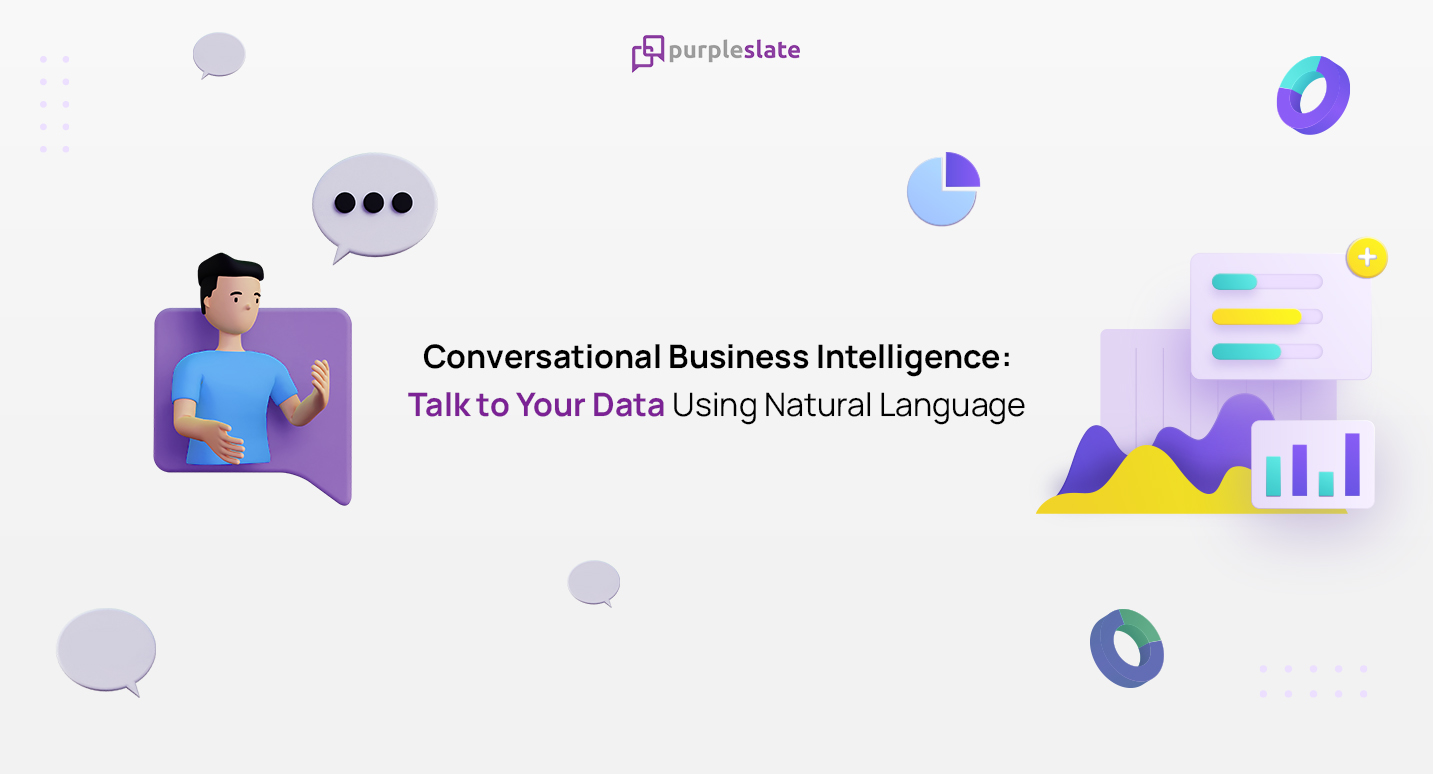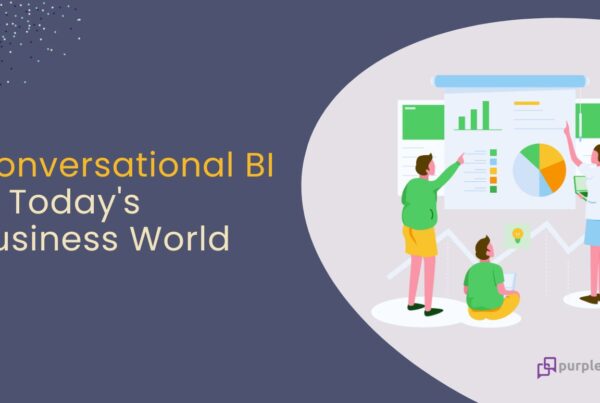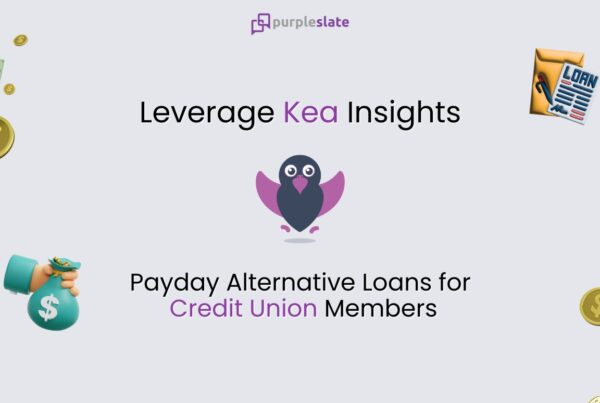
Introduction
Businesses are constantly seeking innovative ways to extract meaningful insights from their vast datasets. Traditional methods of data analysis often involve complex tools and specialized expertise, leading to inefficiencies and barriers to accessibility. However, the emergence of Conversational Business Intelligence (BI) is revolutionizing the way organizations interact with their data, offering a more intuitive and user-friendly approach to data analysis.
Understanding Conversational BI
At its core, Conversational BI integrates natural language processing (NLP) and conversational interfaces with BI tools, allowing users to interact with their data using spoken or written language. This transformative approach bridges the gap between data and decision-makers, enabling seamless communication and collaboration across all levels of an organization.
Imagine being able to talk to your data in plain English, just like you would ask a colleague for information. With Conversational BI, this vision becomes a reality. Whether you’re analyzing sales trends, monitoring KPIs, or exploring customer behavior, you can effortlessly engage with your data using familiar language, without the need for specialized training or technical expertise.
The Power of Natural Language Understanding
One of the key components of Conversational BI is its ability to understand and interpret natural language queries. By leveraging advanced NLP algorithms, BI platforms like Kea can accurately decipher user intent and extract relevant information from complex datasets. This intuitive interface empowers users to ask questions in their own words, eliminating the need for predefined queries or complex syntax.
For example, instead of navigating through countless spreadsheets and reports to find specific information, users can simply ask, “What were our total sales last quarter?” or “Show me a breakdown of revenue by product category.” The BI system then processes these queries in real-time, generating insightful visualizations and actionable insights on-demand.
Enhancing Decision-Making with Contextual Insights
Beyond providing answers to specific queries, Conversational BI platforms like Kea also offer contextual insights tailored to the user’s needs. These insights go beyond raw data, providing valuable context and analysis to support informed decision-making.
For instance, if a sales manager asks about last month’s performance, Kea might not only provide the total revenue figures but also highlight the key trends. This added layer of intelligence enables users to gain a deeper understanding of their data and make more strategic decisions based on actionable insights.
Empowering Collaboration and Accessibility
Another significant advantage of Conversational BI is its ability to foster collaboration and accessibility within an organization. By democratizing access to data and insights, BI platforms like Kea empower employees at all levels to participate in data-driven decision-making processes.
Instead of relying on a handful of data analysts or IT specialists to extract insights, every member of the organization can engage with the data directly, regardless of their technical background. Whether you’re a sales representative, marketing manager, or C-suite executive, Conversational BI puts the power of data at your fingertips, enabling you to make better-informed decisions in real-time.
Driving Innovation and Competitive Advantage
In today’s fast-paced business environment, the ability to quickly adapt and respond to changing market dynamics is crucial for success. Conversational Business Intelligence equips organizations with the agility and flexibility they need to stay ahead of the competition.
By enabling rapid access to data and insights, BI platforms like Kea empower businesses to identify emerging trends, capitalize on opportunities, and mitigate risks more effectively. Whether it’s optimizing marketing campaigns, refining product strategies, or enhancing customer experiences, Conversational BI enables organizations to drive innovation and maintain a competitive edge in today’s digital landscape.
Overcoming Challenges and Maximizing Value
While the potential benefits of Conversational BI are undeniable, implementing and maximizing its value requires careful planning and execution. Organizations must overcome various challenges, including data quality issues, privacy concerns, and cultural barriers to adoption.
Furthermore, to realize the full potential of Conversational BI, organizations must invest in ongoing training and education to ensure that users understand how to leverage these tools effectively. By fostering a culture of data literacy and empowerment, organizations can unlock the full potential of Conversational BI and drive meaningful business outcomes.
Conclusion
In conclusion, Conversational BI represents a paradigm shift in how organizations interact with their data, offering a more intuitive, accessible, and collaborative approach to data analysis and decision-making. By leveraging natural language processing and contextual insights, BI platforms like Kea empower users to unlock the full potential of their data and drive actionable insights in real-time.
As businesses continue to navigate an increasingly complex and data-driven landscape, Conversational Business Intelligence will play a pivotal role in driving innovation, agility, and competitive advantage. By embracing this transformative technology, organizations can unlock new opportunities, mitigate risks, and stay ahead of the curve in today’s dynamic business environment.




